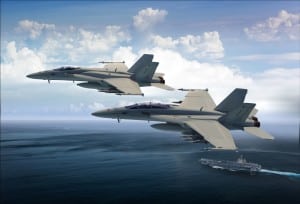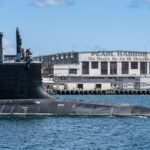
NATIONAL HARBOR, Md. -- Navy leaders this week argued strongly against buying additional F/A-18E/F Super Hornets as aircraft that are not needed and questioned their utility against future generations of opponents in the 2050s. Speaking here during the Navy League’s annual 2021 Sea Air Space exposition on Aug. 2, Chief of Naval Operations Adm. Mike Gilday said reviews and documents like the China Task Force, ongoing Global Posture Review and Joint Warfighting Concept will help the Navy determine what it…

 By
By 











